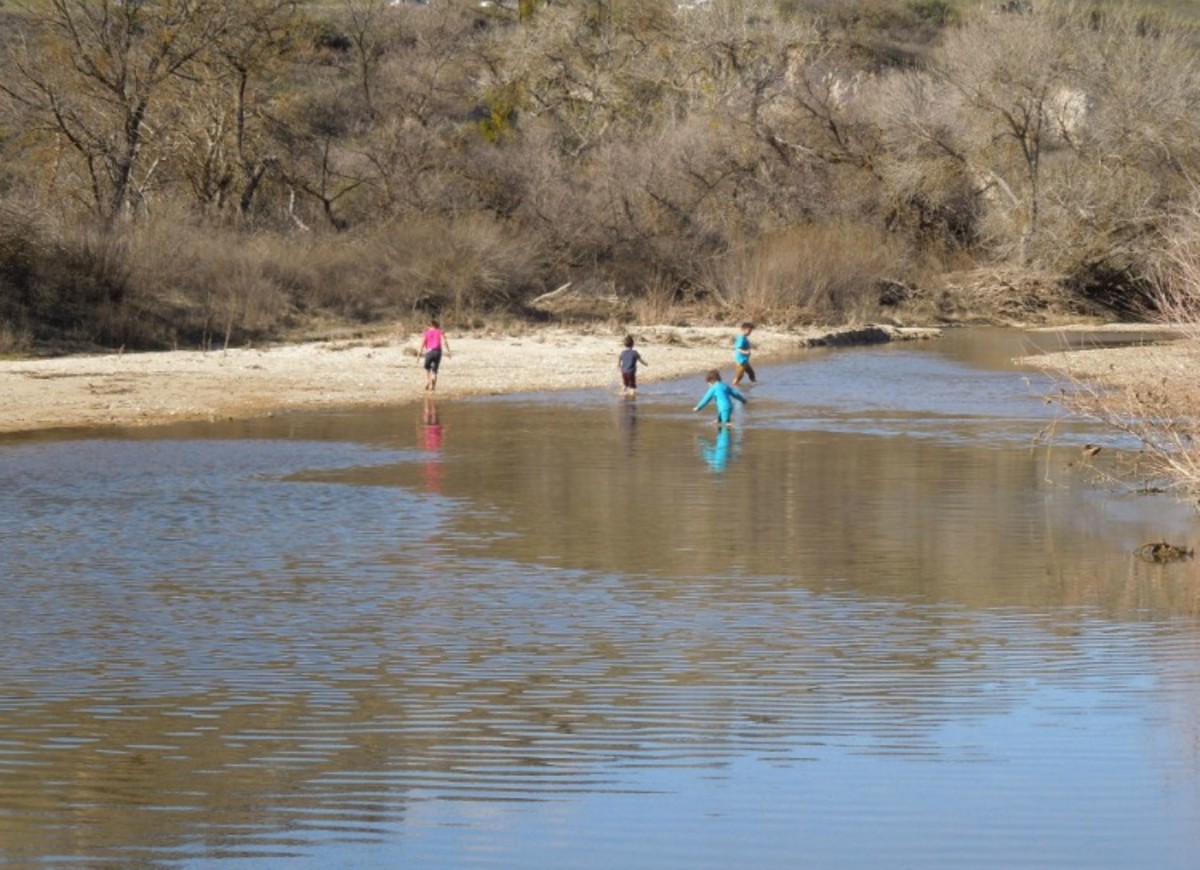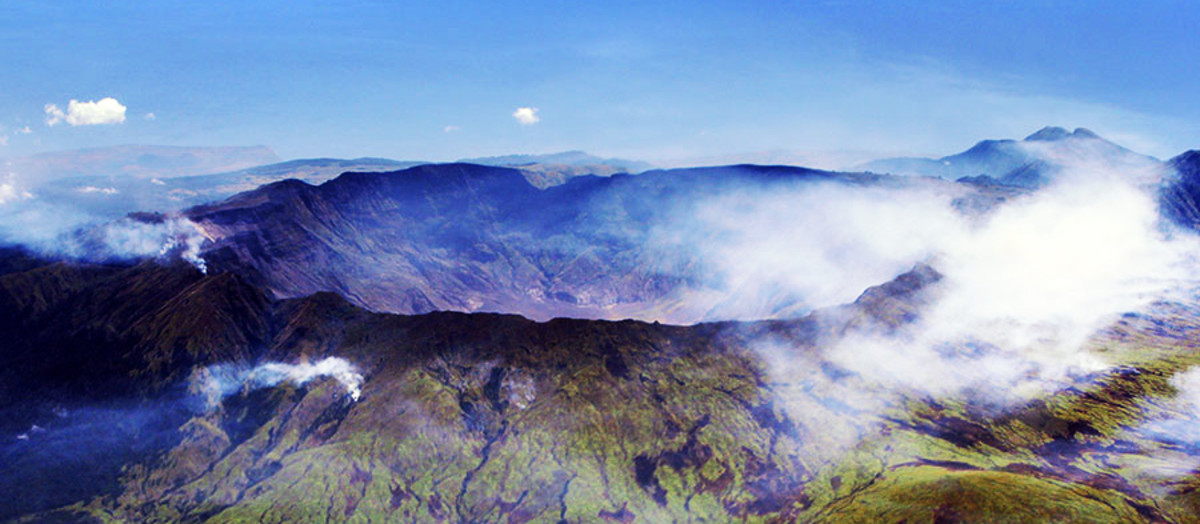Caribbean weather and climate
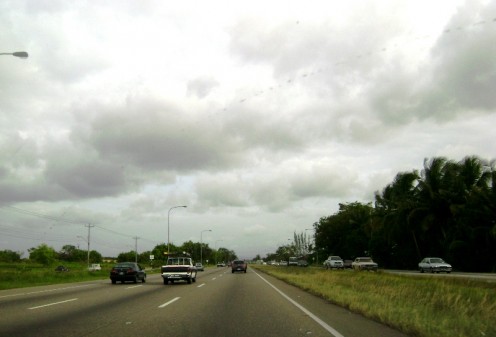
The physical geography and even the culture of the Caribbean are affected by its climate and weather.
The Caribbean encompasses islands of the Lucayan archipelago, the Greater Antilles, Lesser Antilles and Leeward Antilles (includes Margarita and the Dutch Antilles).
In the geopolitical sense, it also includes Guyana (South America) and Belize (Central America).
By virtue of having a tropical climate, the islands and countries of the West Indies do not experience four seasons.
Temperature andgeneral conditions
Unlike temperate and desert climates, the temperatures in the Caribbean are characterized by low diurnal ranges with no extremes of cold or heat. The average daily temperature across the Caribbean is approximately 28 ºC (82.4 ºF).
Between September and December, when daytime is reduced, the diurnal range is smaller (highs of 32/33 ºC and lows of 23/22 ºC).
The majority of Caribbean countries have high temperatures, with a low diurnal range (difference between highs and lows).
The maximum temperatures are not usually beyond 36 ºC (96.8 ºF) with lows of approximately 22 ºC (72 ºF) on average.
Mountainous areas of the Caribbean tend to be cooler because of the higher altitude. The islands of the Lucayan archipelago (Bahamas and Turks and Caicos) tend to be cold in the latter part of the year as well.
During the dry season, the temperatures in the Windward Islands (Trinidad to Martinique) are marginally lower than those of the Leeward Islands (East of Puerto Rico to Dominica.
Precipitation is not exclusive to the rainy season, but the activity of the Inter-Tropical Convergence Zone (ITCZ) may lead to periods of torrential rainfall for several days – even during the dry season.
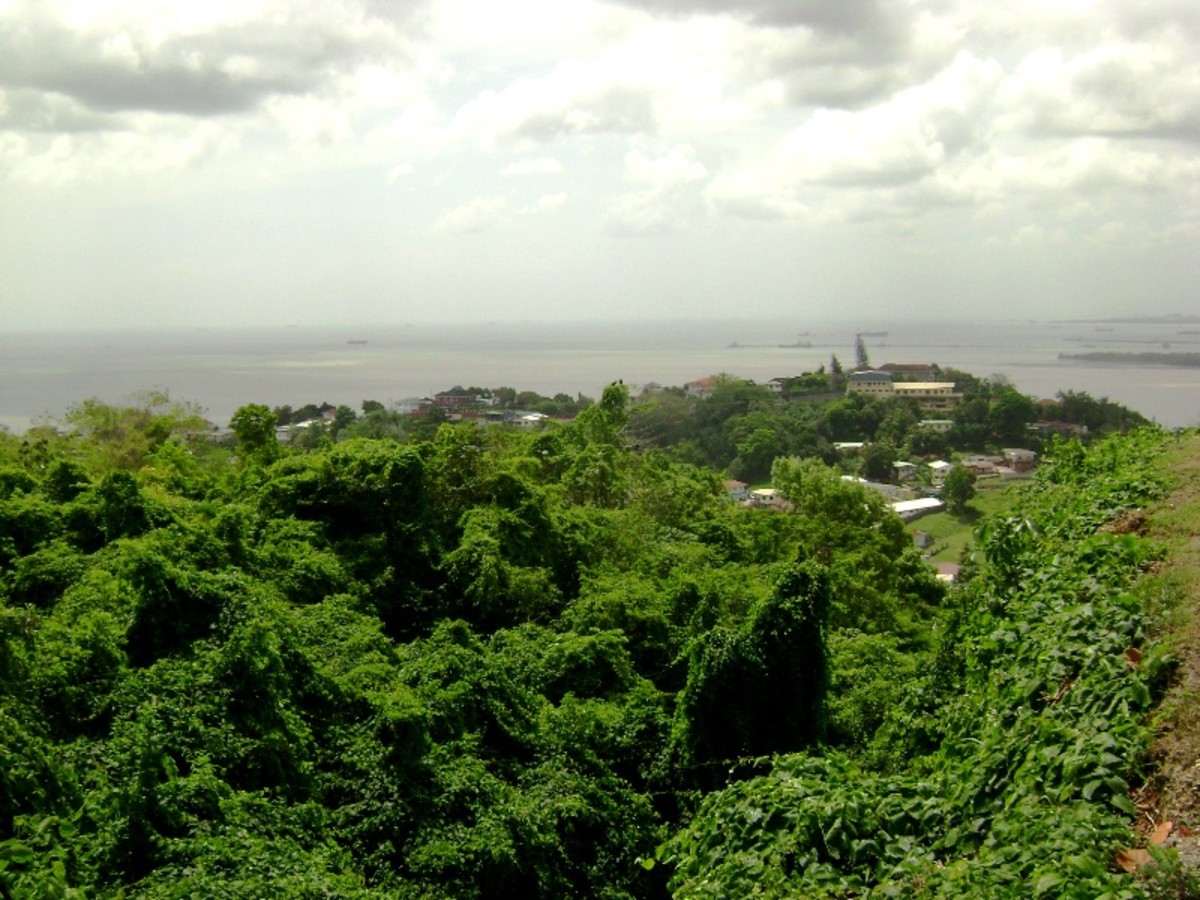

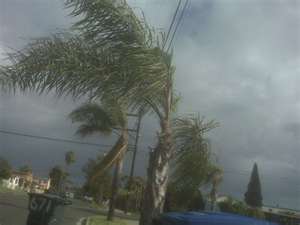
The two seasons
There are only two recognized seasons – the dry and wet seasons. The Caribbean is typically warm and humid – although there are exceptions to the rule.
The dry season is generally between January and May, and the wet season from June to December.
Dry seasons are characterized by low precipitation for extended periods with isolated showers.
The wet season not only has higher precipitation on average, but also weather systems like tropical storms and hurricanes.
Trinidad and Tobago’s weather pattern is like that of Guyana in South America.
Although both countries are outside of the hurricane belt, they usually experience higher levels of precipitation than other Caribbean countries – even in the dry season.
In addition, the rainy season is more pronounced and humidity levels higher.
Recently, the trend in some parts of the Caribbean is to experience dry seasons with higher levels of precipitation and wet seasons with periods of dry weather.
Semi-arid climates
The Dutch Antilles (Aruba, Bonaire and Curacao) is peculiar in that they experience semi-arid conditions, with deserts in parts of the three countries that comprise it. Margarita also experiences similar dry weather with low precipitation around the year. This is because the cloud cover is scarce or even absent in those areas.
Conclusion
The tropical conditions of the Caribbean make it a great getaway during the winter months in North America and Europe. However, there is diversity in conditions among countries of the region.
The Lucayan archipelago is close to the Temperate Zone and may be unusually cold. Trinidad and Tobago has similar weather conditions to Guyana (a Caribbean country on the South American mainland).
Then, the Leeward Antilles (Margarita, Aruba, Bonaire and Curacao etc.) experience semi-arid conditions.
Indeed, the Caribbean has different sub-regions and a variety of climatic and geographical influences. After all, the Caribbean region has many different sub-regions with different climatic and geographical influences. To get the best of the sun, sea and sand it is best to travel during the dry season, which loosely corresponds with the peak season for travel.




